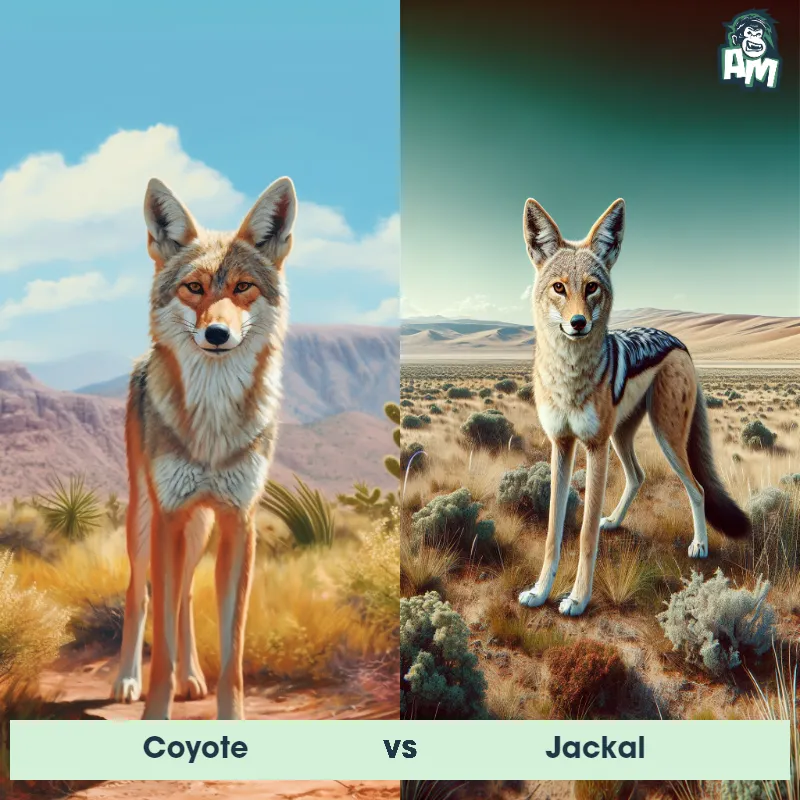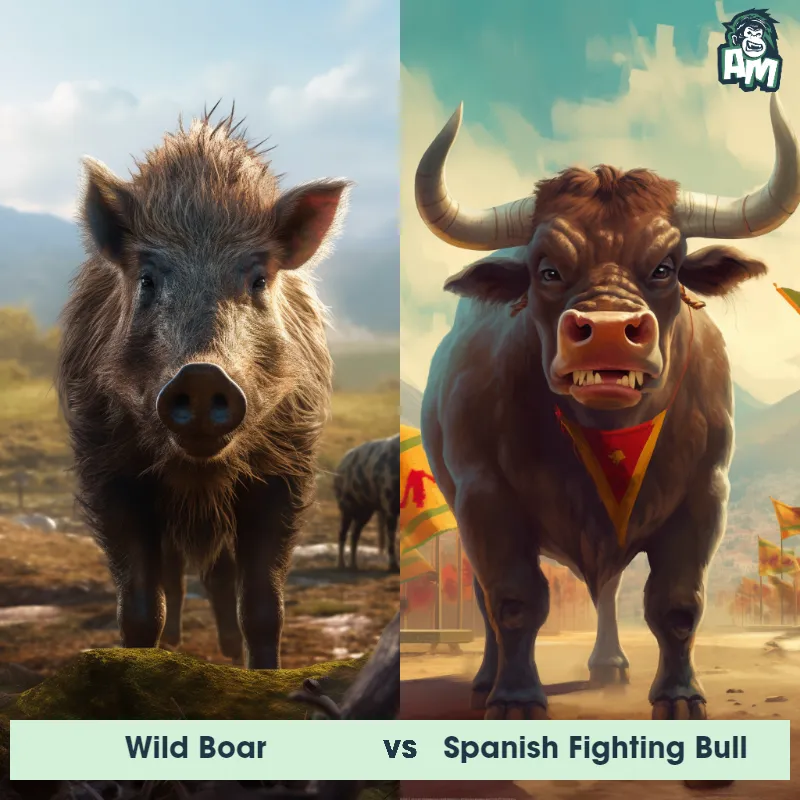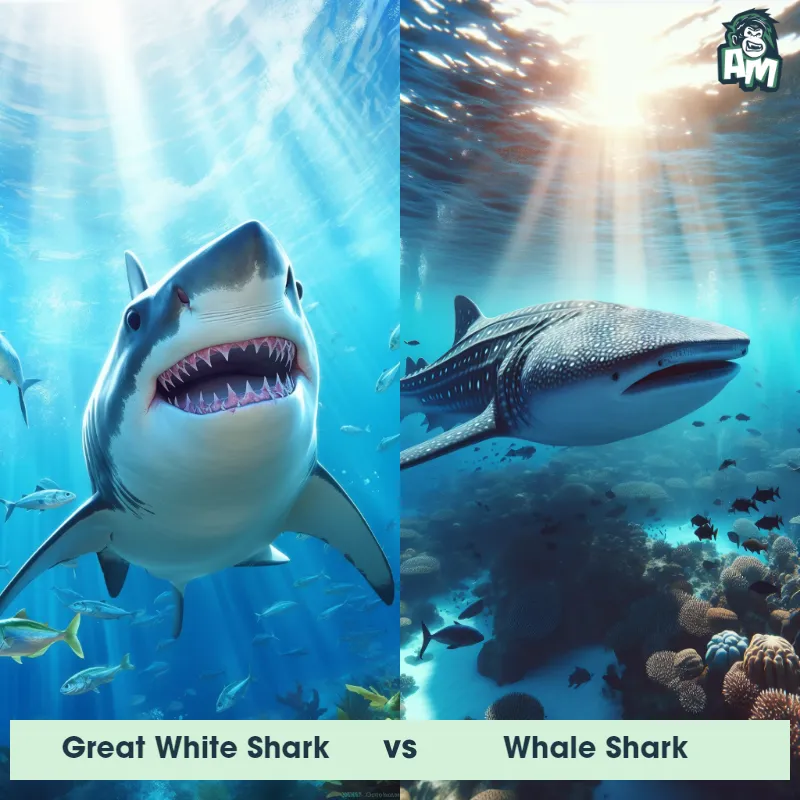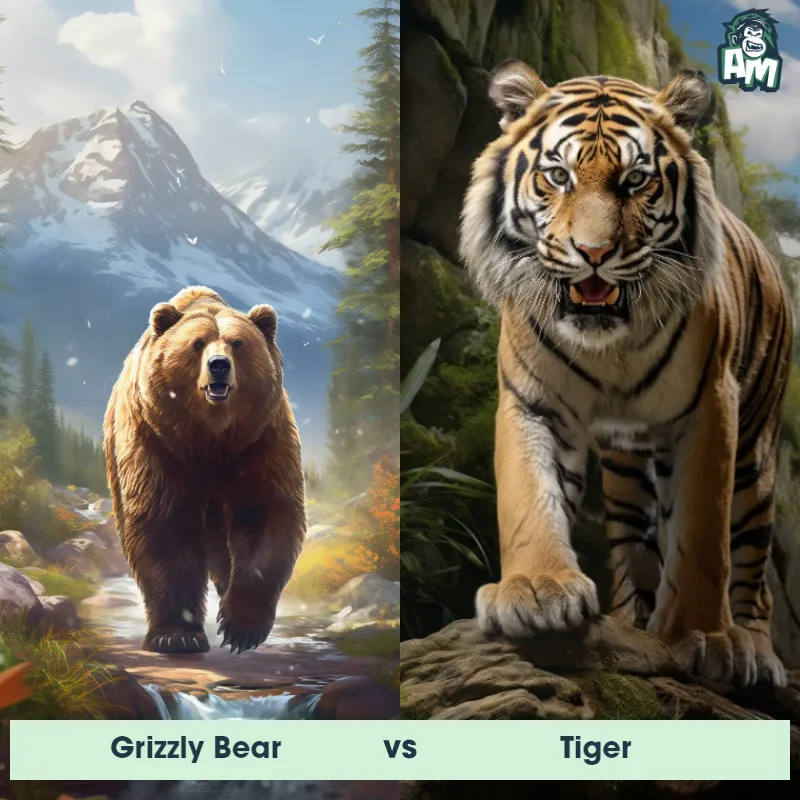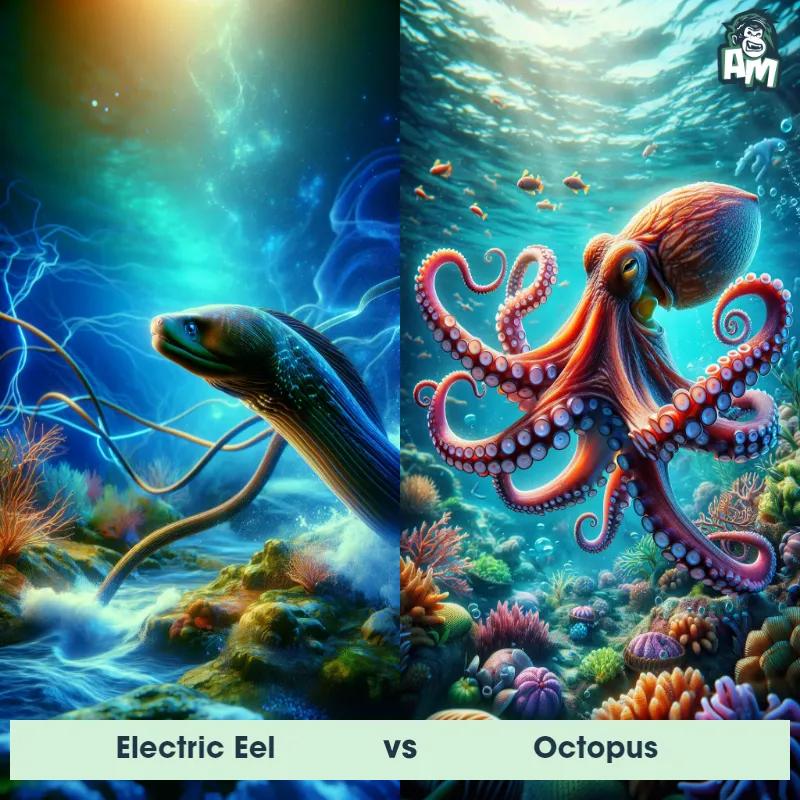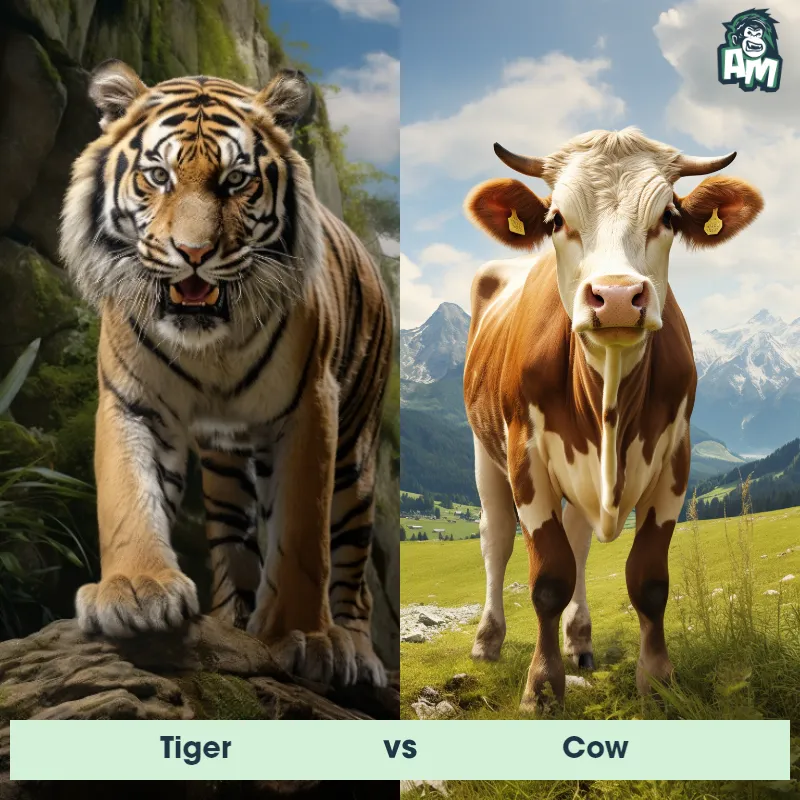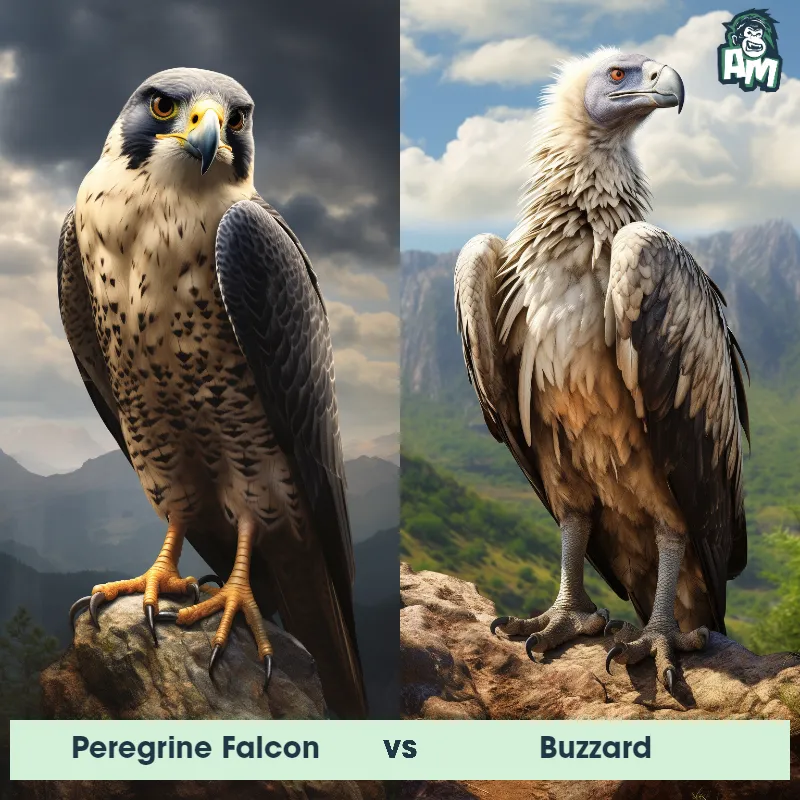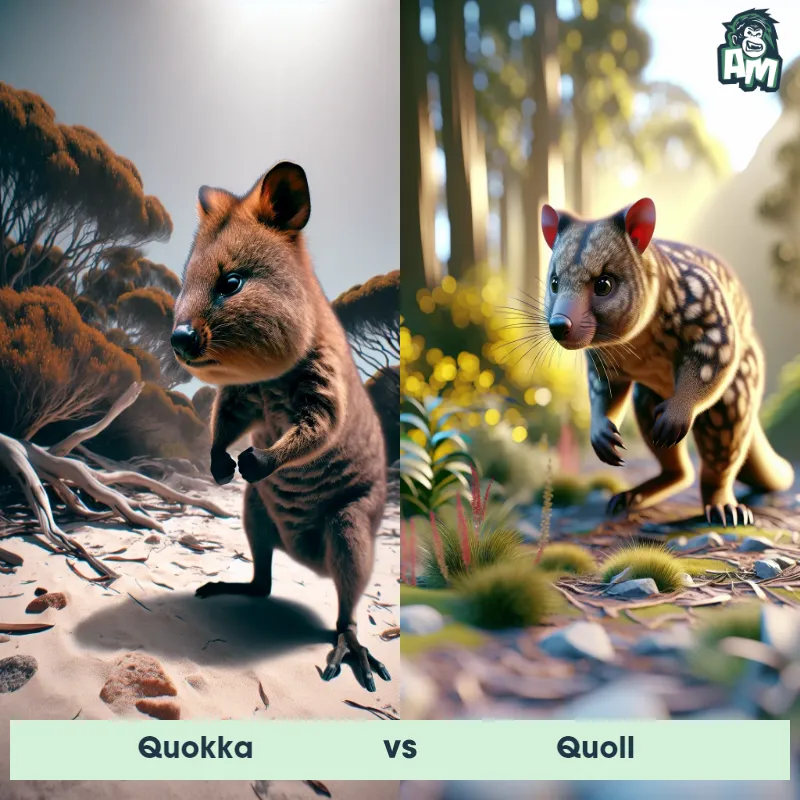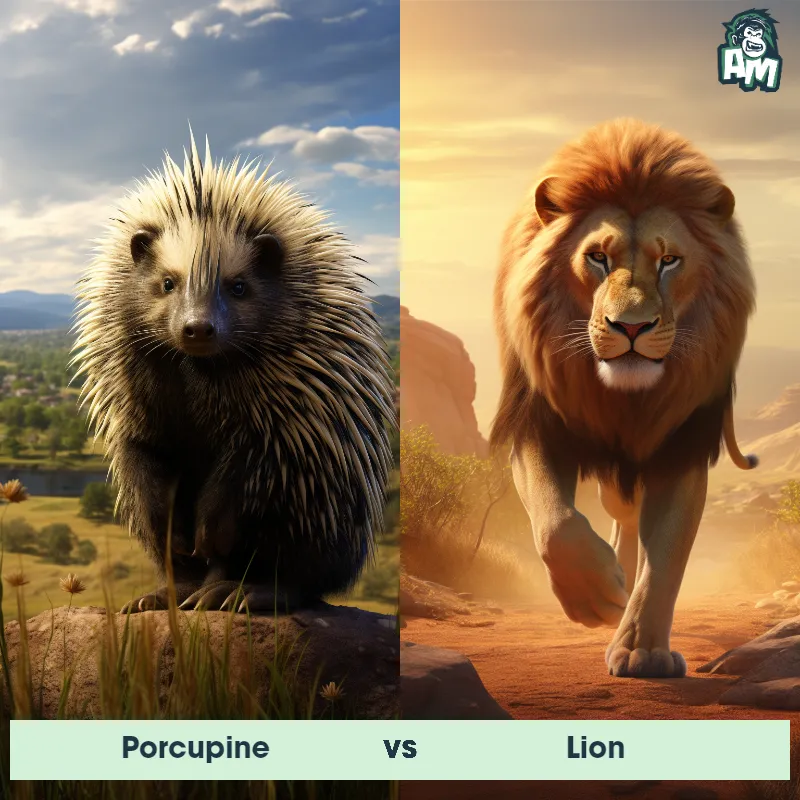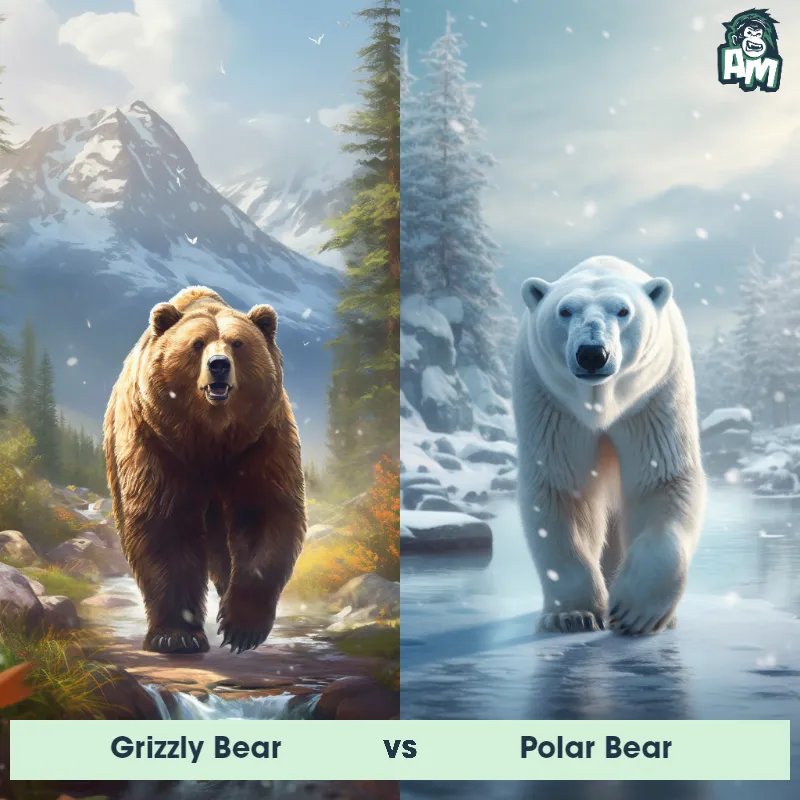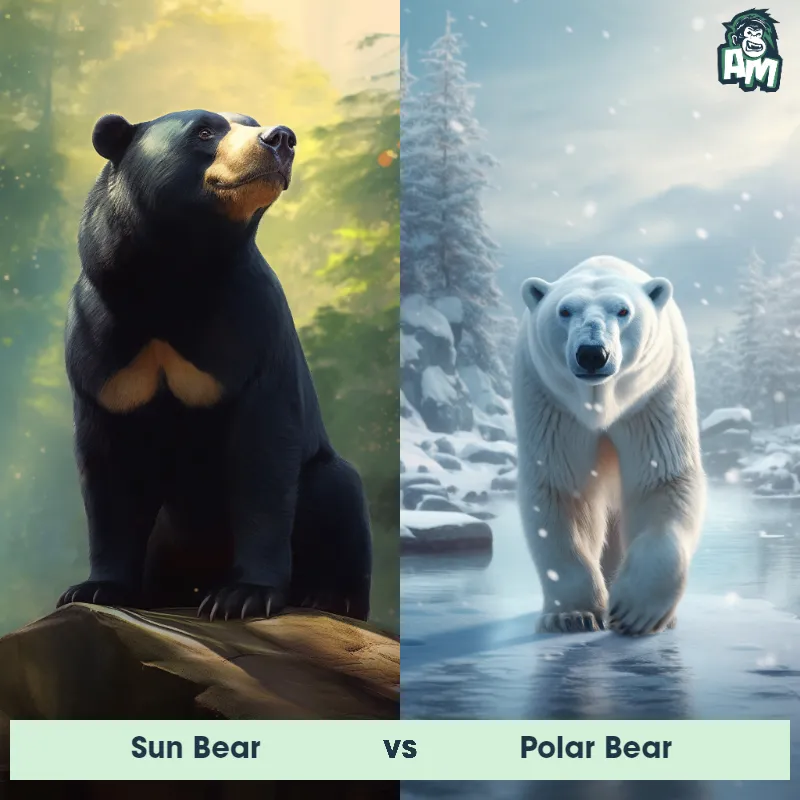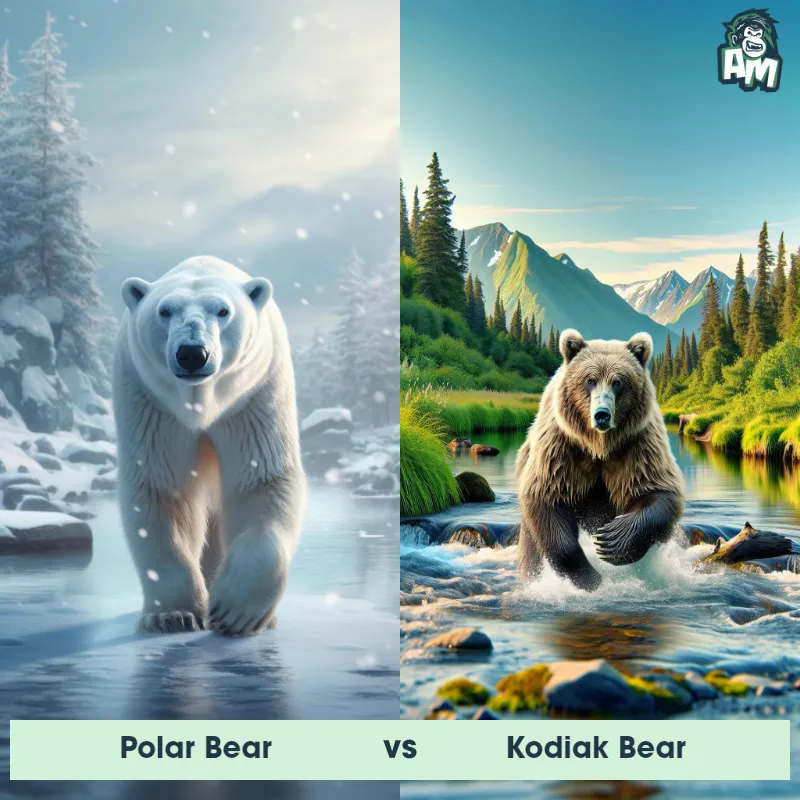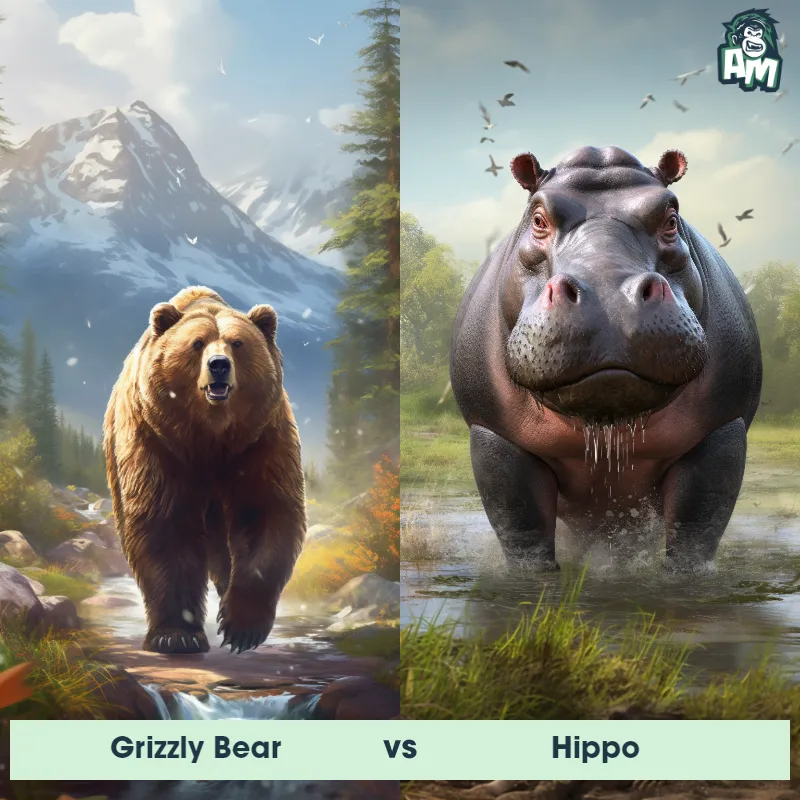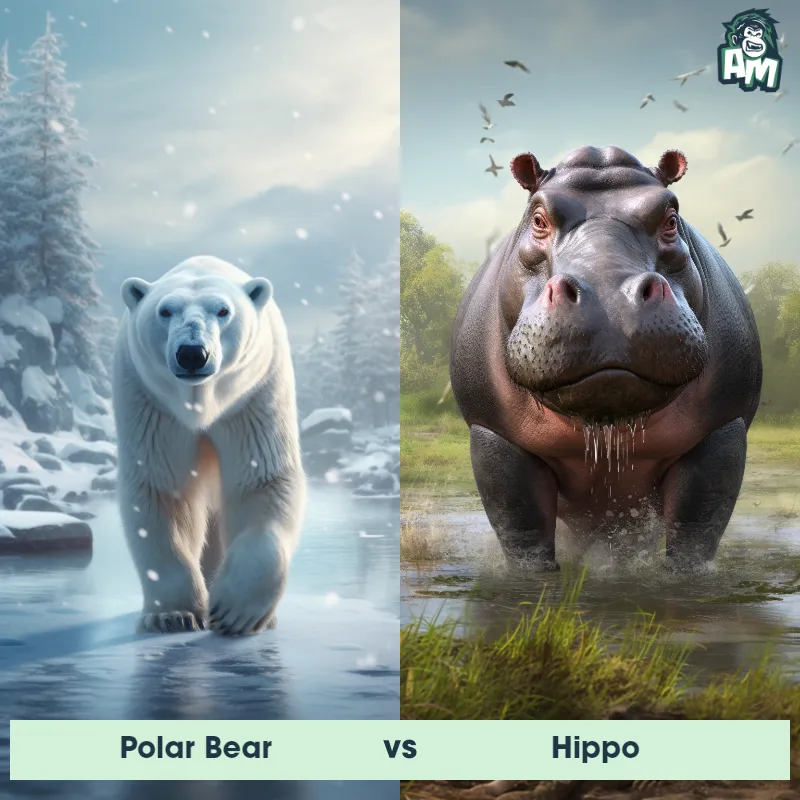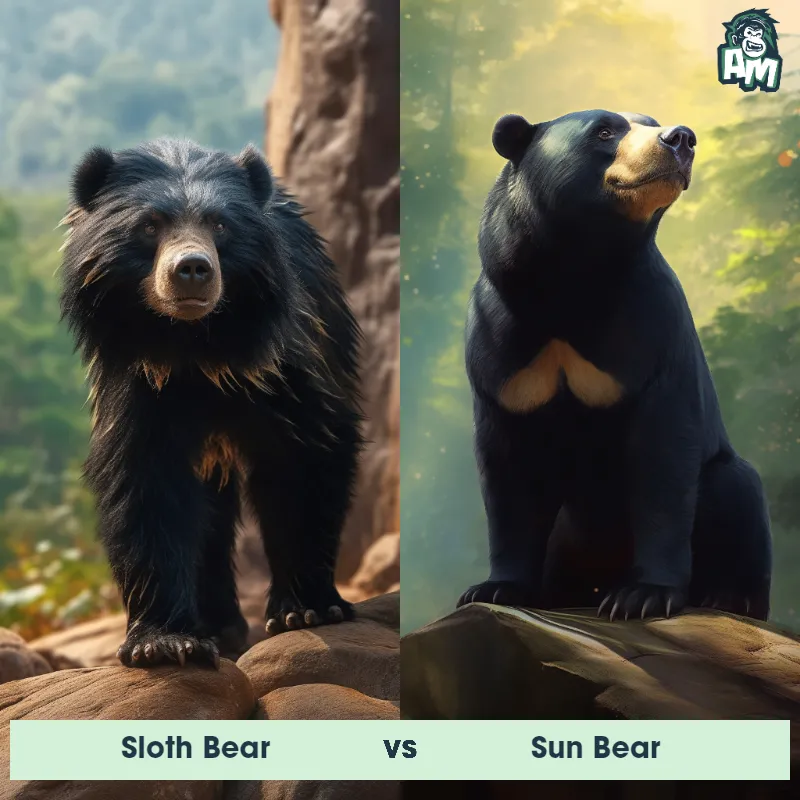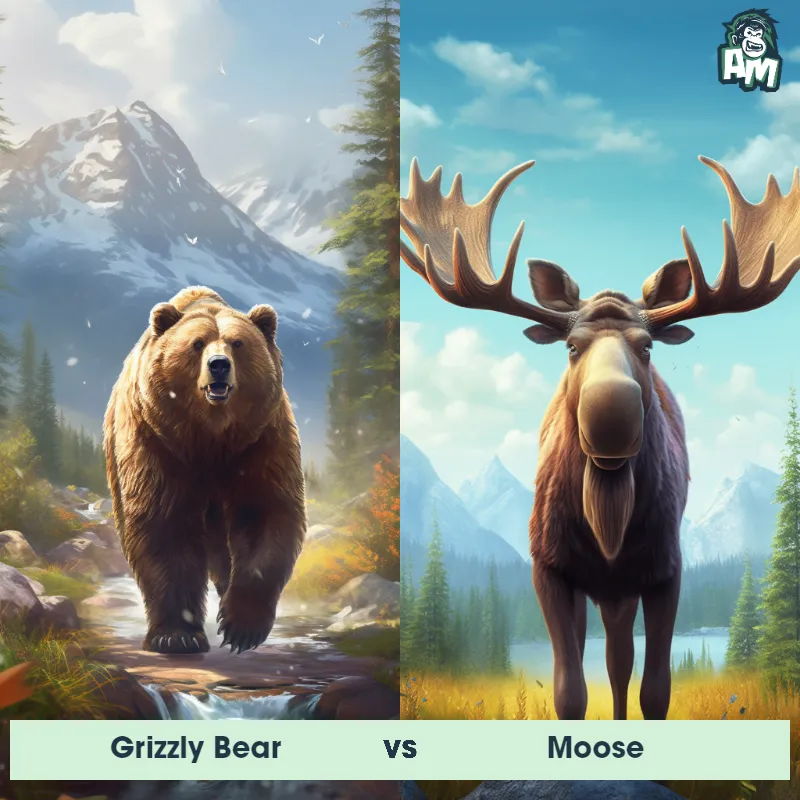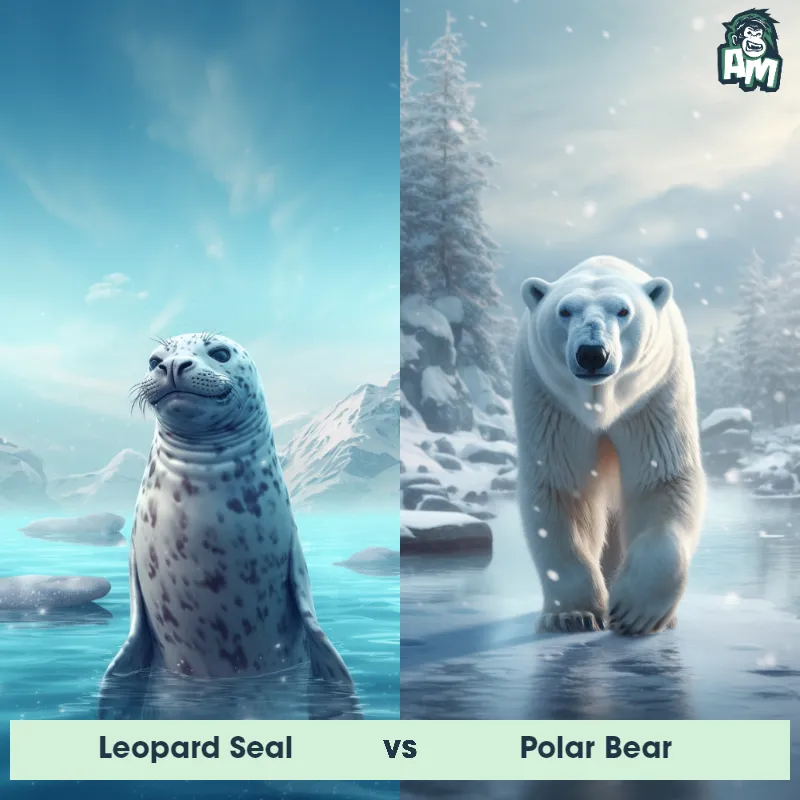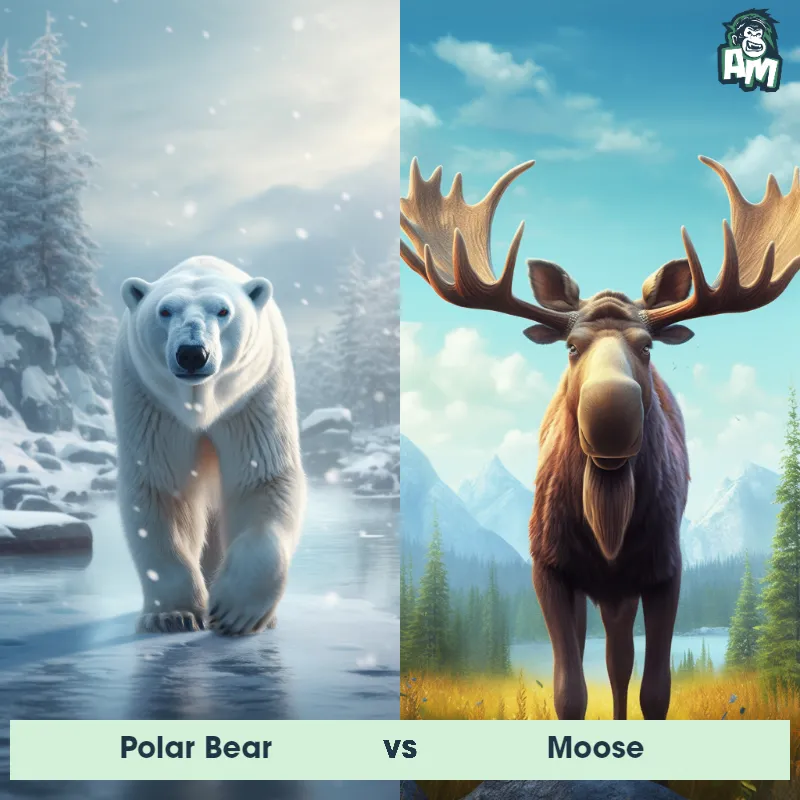Polar Bear vs Giant PandaSee Who Wins

Ladies and gentlemen, welcome to this highly anticipated matchup between two formidable contenders in the animal kingdom! In one corner, we have the mighty Polar Bear, known for its immense power and stealthy nature. And in the opposing corner, we have the captivating Giant Panda, renowned for its agility and bamboo-munching prowess. It's a clash of giants, and this arena is about to witness an epic showdown!
Contender 1: Polar Bear
The Polar Bear, also known as the Ursus maritimus, is a large carnivorous mammal that inhabits the Arctic region. They have a thick white fur coat that helps them blend in with their snowy surroundings, and their large paws are equipped with sharp claws that allow them to grip onto ice and catch prey. Polar Bears are excellent swimmers and can swim for long distances in search of food. They are also known for their incredible sense of smell, which they use to detect prey from miles away.
![[object Object] Gif](https://tenor.com/view/fight-mission-critical-nat-geo-wild-scuffle-brawl-gif-20524033.gif)
Fun Fact: Polar Bears have a layer of fat that can be up to 4.5 inches thick, which helps them stay warm in the frigid Arctic temperatures.
Contender 2: Giant Panda
The Giant Panda, also known as the panda bear, is a beloved and iconic animal native to China. These bears are easily recognizable by their black and white fur, with black patches around their eyes, ears, and legs. They have a round face, short tail, and a stocky build, with adults weighing up to 330 pounds. Giant Pandas are herbivores, primarily eating bamboo, and are known for their gentle nature and playful behavior.
Fun Fact: Giant Pandas have a unique thumb-like extension on their front paws that helps them grip bamboo while they eat.
Matchup Stats
| Polar Bear | Giant Panda | |
|---|---|---|
| Size | 8-10 feet (2.4-3 meters) | 4-6 feet (1.2-1.8 meters) |
| Weight | 900-1,600 pounds (408-725 kilograms) | Up to 330 pounds (150 kilograms) |
| Speed | Speed: 25 mph (40 km/hr) | Speed: 20 mph (32.19 km/hr) |
| Key Strength | Powerful jaws and sharp claws | Powerful jaws and sharp claws |
| Biggest Weakness | Slow movement on land | Slow movement and lack of aggression |
Current Votes
Polar Bear vs Giant Panda
See Who Wins
View More Matches
Looking For More?
Similar Matches
Scientific Stats
| Polar Bear | Giant Panda | |
|---|---|---|
| Scientific Name | Ursus maritimus | Ailuropoda melanoleuca |
| Family | Ursidae | Ursidae |
| Habitat | Arctic region | Forests |
| Geography | Arctic Circle | China |
| Diet | Carnivorous, primarily seals | Herbivore, primarily bamboo |
| Lifespan | 20 years - 30 years | 20 years - 30 years |
Key Differences between Polar Bear and Giant Panda
- Facial Features: The Polar Bear has a longer and more elongated face, with a narrow snout and small rounded ears, whereas the Giant Panda has a rounder face, prominent cheekbones, and larger, rounder ears.
- Habitat: Polar Bears inhabit the Arctic regions, mainly found in the polar ice pack, coasts, and islands, while Giant Pandas are native to the mountainous regions of southwestern China, primarily in bamboo forests.
- Color: Polar Bears have a distinctive white coat, which helps them camouflage in their icy habitat, while Giant Pandas have a unique black and white coat, with white on their face, belly, and back, and black on their limbs and shoulders.
- Claw Shape: The Polar Bear has sharp, curved and non-retractable claws that are adapted for catching prey and maneuvering on ice, while the Giant Panda has strong, thick claws that are partially retractable and used for climbing trees and stripping bamboo.
- Size: The Polar Bear is much larger than the Giant Panda, with adult males weighing around 900 to 1,600 pounds and measuring up to 10 feet in length, while adult Giant Pandas only weigh between 200 to 300 pounds and measure up to 6 feet in length.
- Diet: Polar Bears are carnivorous, primarily feeding on seals and other marine mammals, while Giant Pandas are herbivorous, primarily consuming bamboo shoots, leaves, and stems, with almost 99% of their diet consisting of bamboo.



